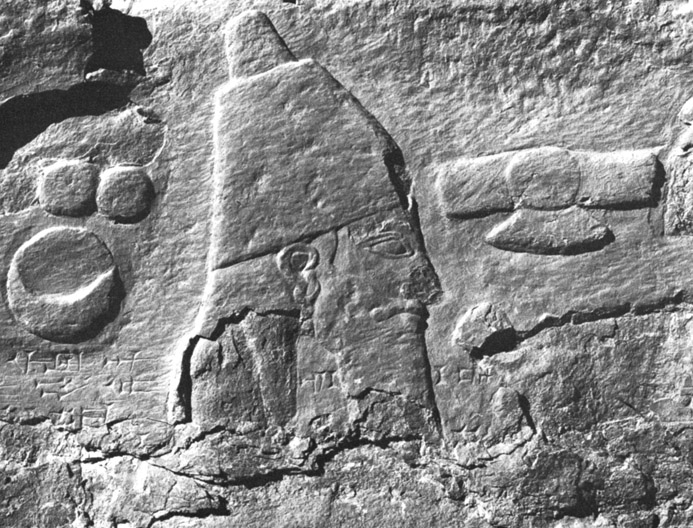Golgol Malekshahi relief, a picture of history on the heart of the rock
Golgol Melkshahi relief is a valuable and historical work from the Assyrian era, which is located in Ilam province and near Golgol village in Melkshahi city. This work, which was registered as one of Iran’s national works in 1355, is of great importance due to its historical antiquity and artistic value.
Features of Golgol relief:
Date: This work belongs to the Neo-Assyrian era (about 800 to 600 years BC) and shows a picture of the victory of Ashurbanipal, the king of Assyria, over the Elamite troops.
Style: The flower relief is carved in the Assyrian style with great delicacy and precision. In this work, the details of the clothes, weapons and war equipment are depicted with remarkable accuracy.
Subject: This work depicts a bloody battle between Assyrians and Elamites. In this relief, Ashurbanipal stands triumphantly on a chariot and Assyrian soldiers are fighting Elamite troops.
Significance: The relief of Golgol is historically and artistically important. This work provides valuable information about the history, culture and art of Assyrians to historians and art historians.
Location:
Golgol relief is located 25 km from Ilam city and near Golgol village in Malekshahi city. To access this work, one should use the road from Ilam to Malekshahi and then move towards the village of Golgol.


